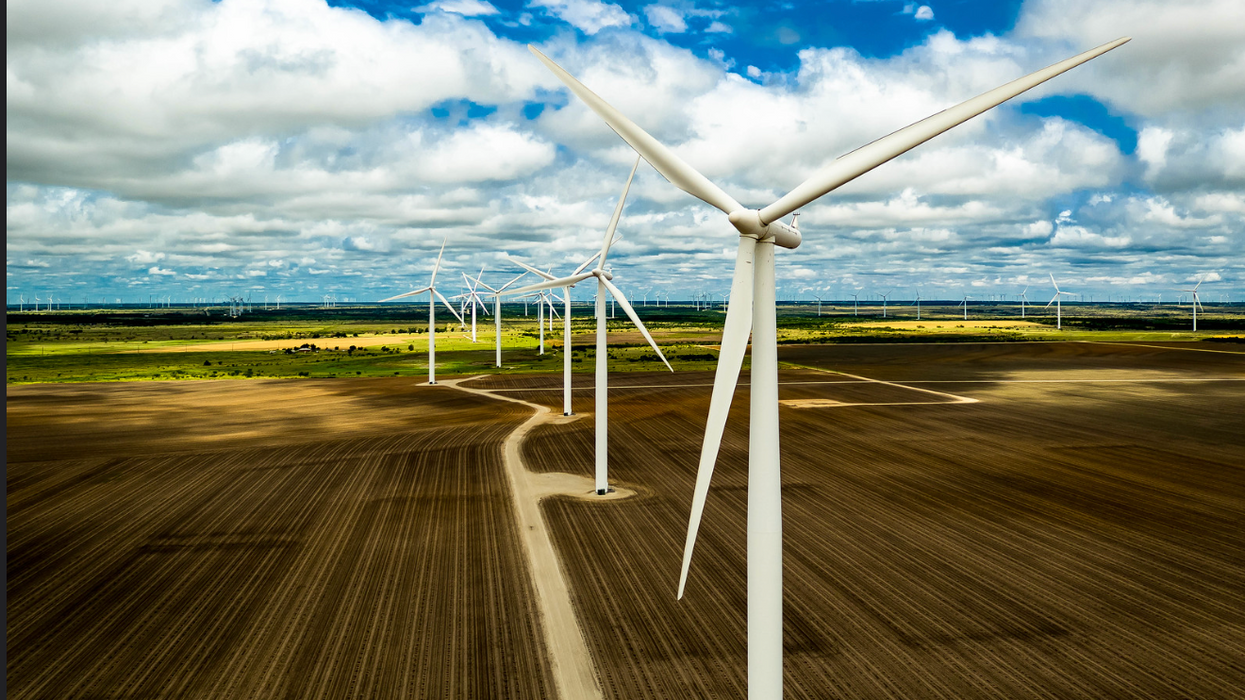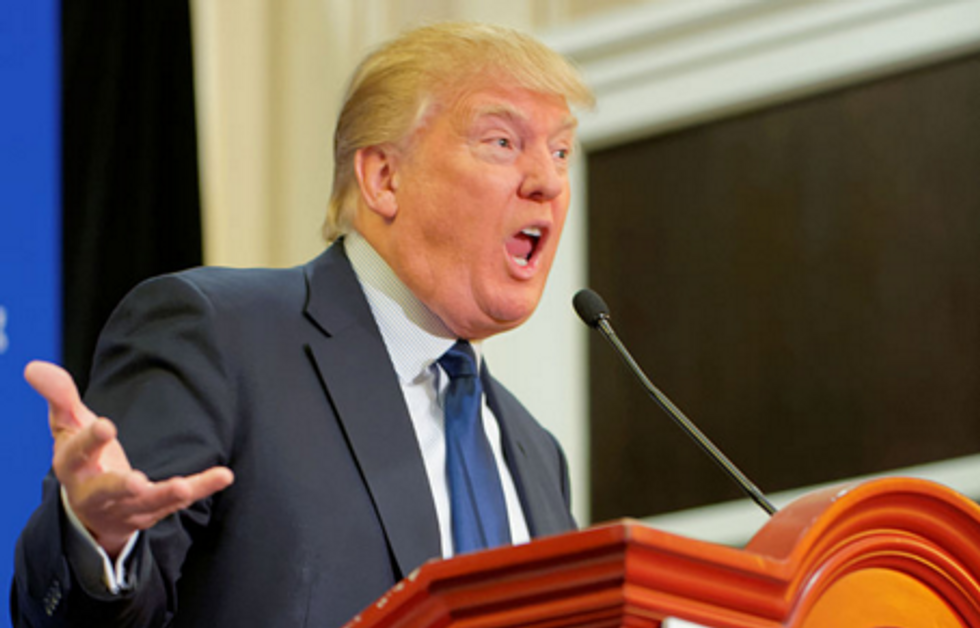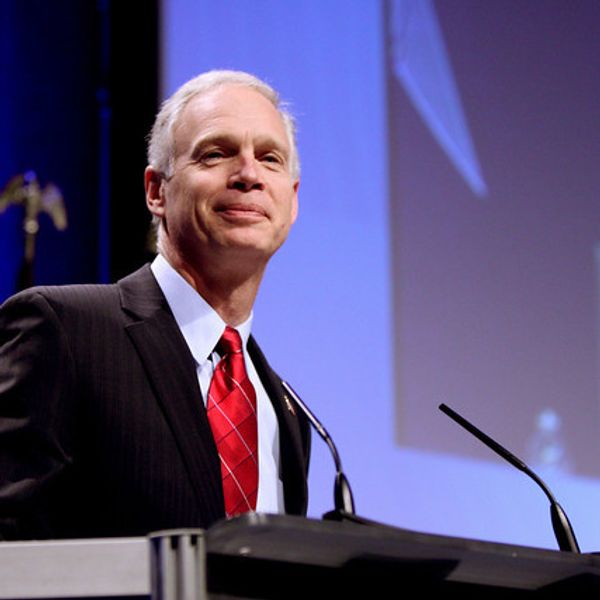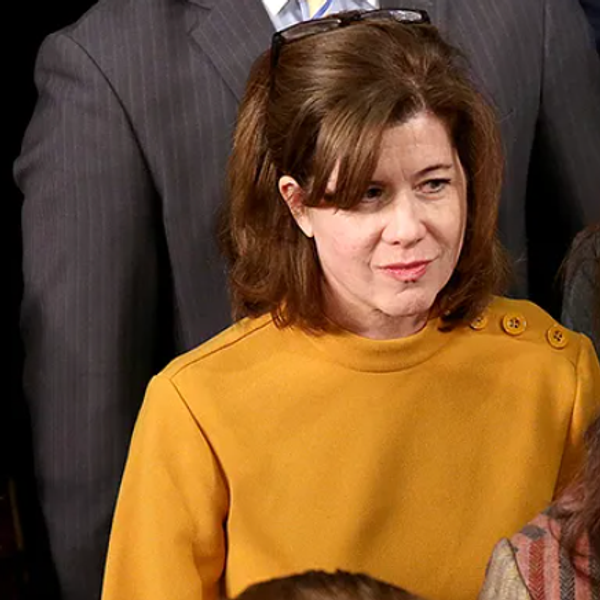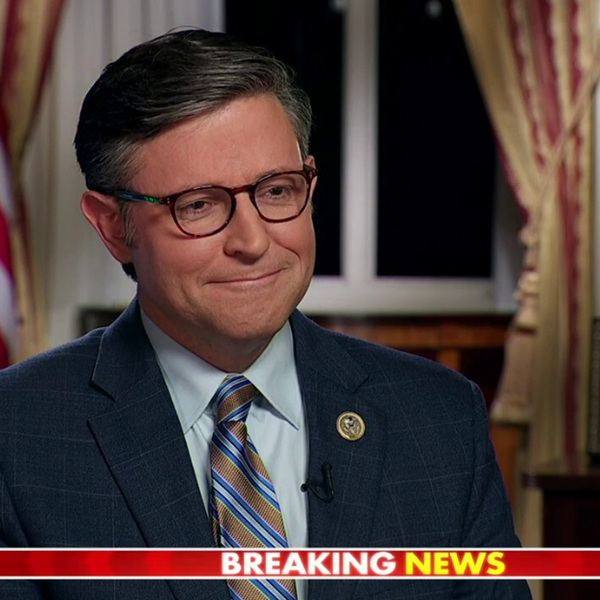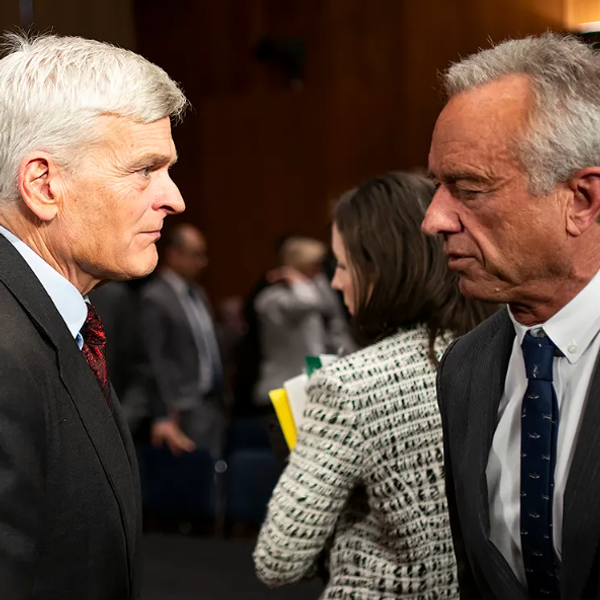'More Than A Little Stupid': Republicans Try To Kill Renewable Energy
Wyoming is the second windiest state, after Nebraska. It's obvious why the wind power industry is investing $10 billion there. And it's hard to see why any state politician would oppose this. But some have. Wyoming is one of those fossil-fuel producing states in which so-called conservatives feel obligated — or are paid — to stop competition from clean energy. Texas is another.
Wyoming State Sen. Larry Hicks proposed a temporary ban on renewable energy projects. "It does one thing: puts a moratorium on wind and solar for the next five years," he said. "It's a simple little bill."
A "simple," five-year plan? How do you say, "Aw, shucks" in Russian?
Hicks swiftly diverted blame to California: "Our friends on the 'left coast' with their renewable portfolio demands, eliminating fossil fuels and moving in a direction that's unsustainable."
We can't untie this knot of confused ideology. But let's point out that renewable energy is the only kind of energy that is, by definition, sustainable. Wyoming may have coal, oil and gas. But it has wind forever.
This hostility toward wind power is even weirder in Texas. Texas harvests more electricity from wind than any other state, or nearly 28 percent of all wind-generated electricity in the U.S. In one recent week, nearly half of Texas's electricity came from solar and wind power.
The key for these renewables is batteries that can store power when the wind doesn't blow or the sun doesn't shine. Texas has been crowned "ground zero" for a U.S. battery boom. Last year it switched on more power stored in batteries than California did.
Texas was expected to double its storage capacity this year — that is, until Donald Trump slapped huge tariffs on China. More than two-thirds of imported batteries come from China.
In March, the Texas Senate passed a mandate that half of all new power capacity come from sources other than battery storage. In other words, at least 50 percent of all new power plant capacity had to be produced from coal, natural gas, and oil. (The natural gas industry needed propping.)
Back in Wyoming, lawmakers wedded to fossil fuels are complaining that large wind and solar projects are fundamentally changing the look of Wyoming's wide-open spaces. That's ignoring the aesthetics of Wyoming's coal pits, wide open craters that stretch for miles.
Wyoming is over 63 times the size of Rhode Island, with less than half the population of the Ocean State. There are dozens of wind turbines in Rhode Island, onshore and off. More are planned with minimal complaint. Wyoming could easily accommodate new wind projects under its big sky.
There does exist public support for clean energy in Wyoming, which is why Hicks' initiative failed. Gov. Mark Gordon tried to bridge the differences by endorsing an "all of the above energy strategy." He wants to keep Wyoming as "the energy state" but also to address climate change by developing clean renewables.
The far-right Freedom Caucus went after Gordon for acknowledging climate change. It introduced a bill designed to stop the state from pursuing any carbon reduction targets and titled it "Make Carbon Dioxide Great Again."
A pragmatic Republican, Gordon called such proposals as "a little bit stupid."
The bottom line is that Wyoming continues to develop wind energy projects. The Sierra Madre Wind Energy Project, now under construction near Rawlins, will be the nation's largest wind farm.
Much of what happens from here on in depends on Washington. The recently passed House bill strips away subsidies for renewables. How it fares in the Senate remains to be seen. Suffice it to say, slowing America's move to cleaner and also cheaper energy is more than a little bit stupid.
Froma Harrop is an award-winning journalist who covers politics, economics, and culture.She has worked on the Reuters business desk, edited economics reports for The New York Times News Service and served on the Providence Journal editorial board.
Reprinted with permission from Creators.

